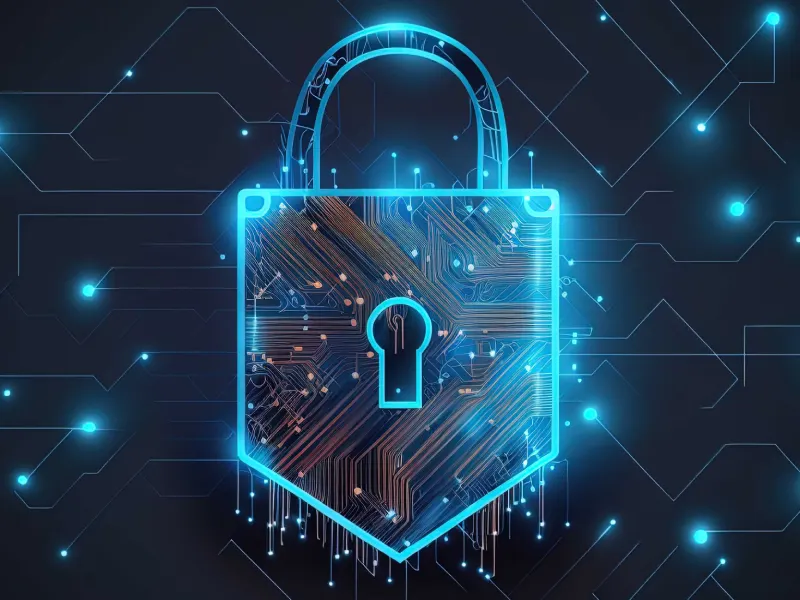Data at rest sits idle in storage systems like hard drives, databases, backup tapes, cloud buckets, archived files. Think of it as digital information taking a nap. Unlike data zipping across networks or getting crunched by processors, this stuff just waits around until someone needs it.
Here’s the problem:
dormant data makes juicy targets.
Why?
Because storage systems pack tons of valuable info into one spot. Customer lists, financial records, trade secrets, regulated materials, all sitting there like digital gold mines. Hackers love this concentration of assets.
The main defense?
Encryption scrambles stored data into gibberish. Storage-level encryption locks down entire drives. File-level encryption protects individual documents. Add access controls, authentication, and audit trails for layered protection.
Where does this data live?
Local drives, network storage boxes, cloud services, backup systems, mobile devices. Each location needs different security tactics based on how often people access it and how sensitive the contents are.
Modern storage spreads across hybrid clouds, multiplying the challenge. Smart organizations classify their data, encrypt everything important, and control who gets access. Even if attackers breach storage systems, encrypted data stays useless without the keys.
The explosion of stored data across distributed environments makes protection harder than ever. Companies need bulletproof strategies covering every repository while keeping legitimate users productive.
Learn how to create a multi-layered defense for data at rest with our comprehensive guide:


